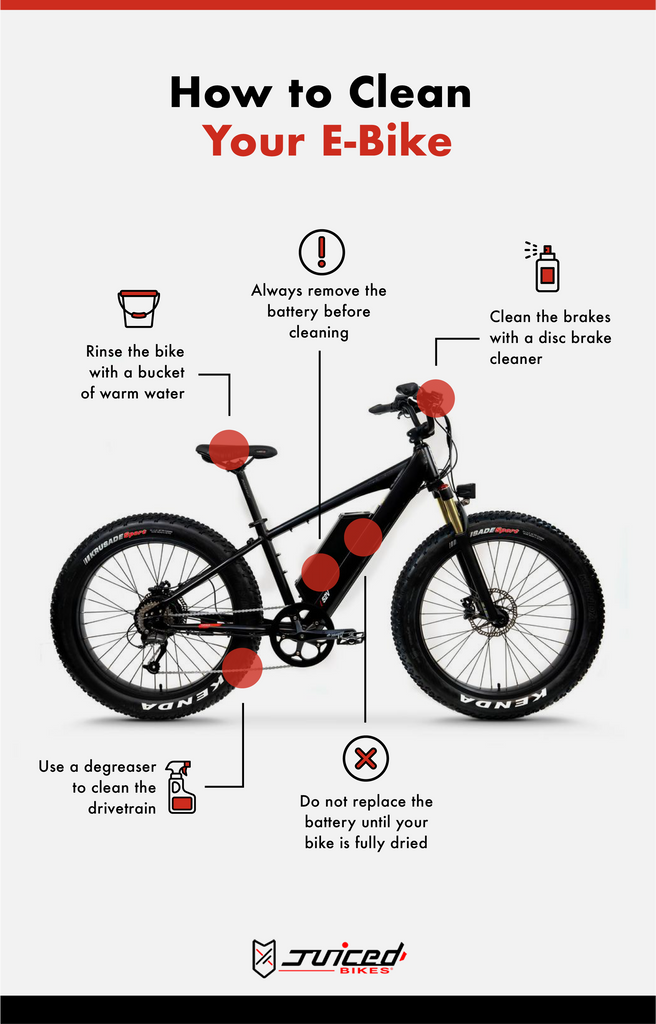Whether you’re a seasoned electric bike rider or new to the game, keeping your e-bike in optimal condition is key to ensuring a smooth and enjoyable ride. One crucial aspect of maintenance is preventing rust from taking a toll on your bike’s frame and components. In this article, we’ll provide you with some valuable tips on how to keep your electric bike rust-free. By following these simple yet effective guidelines, you can not only enhance the performance of your bike but also prolong its lifespan. So, let’s dive into the world of rust prevention and discover the secrets to maintaining a pristine electric bike.
Tips for Keeping Your Electric Bike’s Frame and Components Rust-Free
Welcome to our comprehensive guide on how to keep your electric bike’s frame and components rust-free. Whether you are a new e-bike owner or an experienced rider, maintaining your bike is essential for optimal performance and longevity. In this article, we will provide easy-to-follow guidelines and expert advice to help you protect your investment and enjoy your rides hassle-free. Remember, some maintenance tasks may require professional assistance, so we will also guide you on when to seek help from a reliable bike mechanic.
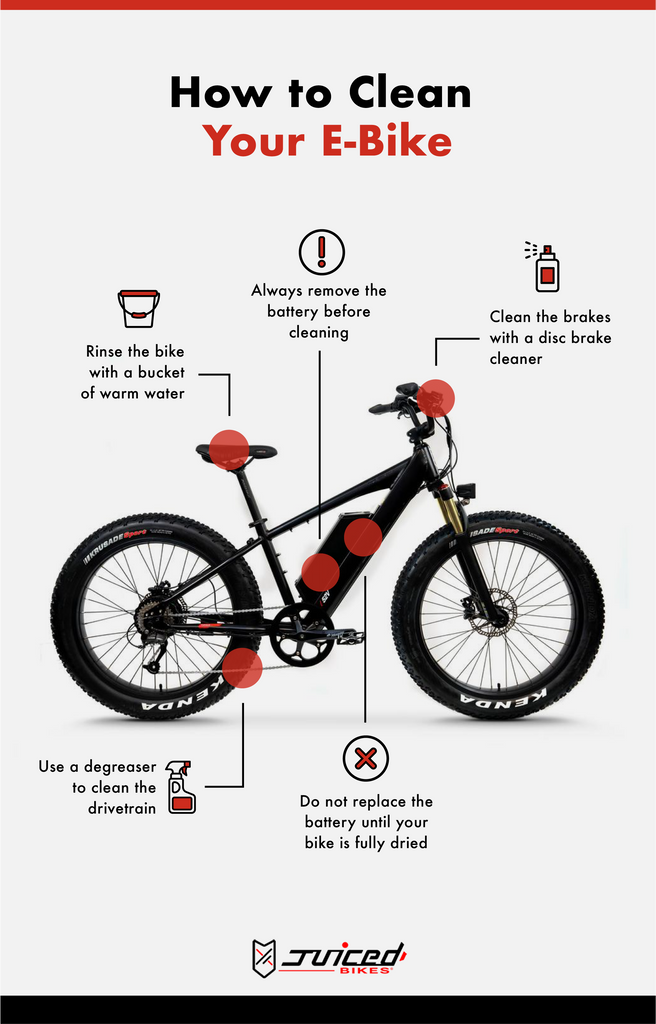
Regular Cleaning
Washing the Bike
Regularly washing your electric bike is the first step in preventing rust and corrosion. Start by removing any accessories, such as lights or bags, before cleaning. Use a mild soap or specialized bike cleaner and warm water to clean the frame and components. Gently scrub the surfaces with a soft brush or sponge, paying attention to hard-to-reach areas. Rinse thoroughly with clean water, making sure to remove all traces of soap.
Drying the Bike
After washing, it is crucial to dry your e-bike thoroughly to avoid moisture buildup, which can lead to rust. Use a clean, dry cloth or microfiber towel to remove excess water from the frame, components, and crevices. Pay special attention to areas where water tends to accumulate, such as around welds or cable connections. Allow your bike to air dry completely before storing or riding.
Cleaning the Components
Along with the frame, you should also clean and maintain your bike’s components regularly. This includes the drivetrain, brakes, and other moving parts. Use a degreaser or chain cleaner to remove built-up grime and dirt from the chain, cassette, and derailleur. Gently clean brake calipers and pads using an appropriate cleaner, ensuring the removal of any debris. Lubricate moving parts with a suitable bike lubricant to reduce friction and protect against rust.
Protective Measures
Using a Bike Cover
If you store your electric bike outdoors, using a bike cover can provide an extra layer of protection against the elements. Choose a cover specifically designed for bicycles, ensuring it is waterproof and UV-resistant. A bike cover can shield your e-bike from rain, snow, dust, and harmful UV rays, minimizing the risk of rust and fading paint. Always clean and dry your bike before using a cover to prevent trapped moisture.
Applying Protective Coatings
Applying protective coatings can help safeguard your electric bike’s frame and components from rust and corrosion. Consider using a specialized corrosion inhibitor, such as frame wax or a silicone-based protectant, to create a protective barrier. These coatings help repel water and moisture, preventing them from reaching the metal surfaces. Apply the protective coating according to the manufacturer’s instructions, ensuring even coverage on all parts.
Using Rust Inhibitors
To further protect your e-bike from rust formation, you can use rust inhibitors on susceptible areas. Apply rust inhibitors to metal parts like bolts, nuts, and exposed steel components. These inhibitors create a thin film that helps deter moisture and oxidation. Regularly inspect and reapply rust inhibitors as part of your maintenance routine to ensure ongoing protection.
Storage Tips
Indoor Storage
Storing your electric bike indoors is the ideal way to protect it from the elements and minimize rust risks. Choose a dry, well-ventilated area away from direct sunlight and extreme temperatures. Indoor storage helps maintain a stable environment that prevents moisture buildup and reduces the chances of rust formation. Consider using a bike stand or wall mount to keep your bike off the ground and in an organized position.
Outdoor Storage
If indoor storage is not an option for you, follow these tips to protect your e-bike when stored outdoors. Find a sheltered location, such as a covered patio or a designated bike shed, to shield your bike from rain and direct sunlight. Invest in a high-quality, weatherproof bike cover to provide additional protection. Ensure that the cover is securely fastened to prevent water intrusion and wind damage.
Avoiding Moisture and Humidity
Regardless of whether you store your e-bike indoors or outdoors, it is crucial to prevent moisture and humidity buildup. Consider using moisture-absorbing products, such as silica gel packs or dehumidifiers, in your storage area. These products help reduce moisture levels, minimizing the risk of rust formation. Additionally, periodically check for any signs of moisture or condensation and address the issue immediately.
Avoiding Water Exposure
Riding in the Rain
While riding in the rain is sometimes unavoidable, taking precautions can help minimize the impact on your e-bike’s frame and components. If possible, avoid riding in heavy rain or during storms. Before your ride, apply a water-repellent spray specifically designed for e-bikes. This spray helps create a protective barrier against water, reducing its ability to penetrate the frame and components. After riding in wet conditions, thoroughly dry your bike and apply a rust inhibitor to any exposed metal parts.
Crossing Water Bodies
Crossing water bodies on your e-bike requires careful attention to prevent water damage. If you need to ride through standing water, choose the shallowest path possible to minimize water contact. Maintain a steady and controlled speed to avoid splashing excessive water onto the bike. Afterward, thoroughly dry your e-bike and inspect it for any signs of water intrusion. Take immediate action if you spot any water-related issues to prevent rust formation.
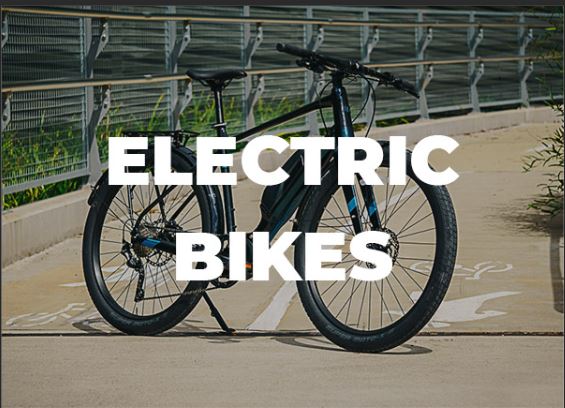
Inspecting and Maintaining the Frame
Regular Inspection
Regularly inspecting your e-bike’s frame is crucial for identifying any potential issues or areas prone to rust and damage. Look for scratches, dents, or paint chips that expose the metal underneath. Pay attention to welds, tube junctions, and areas where cables enter the frame. Check for any signs of rust or corrosion, such as discoloration or rough patches. Early detection allows for prompt repairs and prevents further damage.
Repairing Scratches and Dents
Scratches and dents in your e-bike’s frame can compromise its integrity and provide an entry point for rust. Promptly address any superficial damage by filling smaller scratches with touch-up paint or clear nail polish. For deeper scratches or dents, consult a professional bike painter or frame builder for proper repairs. Acting quickly to repair and protect damaged areas ensures the longevity and overall resilience of your electric bike.
Repainting or Reapplying Coatings
If your e-bike’s frame exhibits significant paint damage or rust, consider repainting or reapplying protective coatings. Repainting should ideally be performed by a professional to ensure a high-quality finish. Prior to repainting, ensure that the frame is properly cleaned, dried, and free of rust. If you choose to reapply a protective coating, thoroughly remove any existing coating, prepare the surface, and apply the new coating according to the manufacturer’s instructions.
Maintaining the Components
Chain Maintenance
The chain is a vital component of your electric bike that requires regular maintenance to prevent rust and ensure smooth operation. Clean and lubricate the chain regularly, especially after riding in wet or muddy conditions. Use a bike-specific degreaser to remove dirt and grime, then apply a suitable chain lubricant to reduce friction and protect against rust. Regular chain maintenance extends the chain’s lifespan and contributes to overall drivetrain efficiency.
Checking and Lubricating Cables
Keeping your e-bike’s cables in good condition is essential for consistent braking and shifting performance. Regularly inspect the cables for any signs of fraying, kinks, or corrosion. Replace any damaged cables immediately. Lubricate the cables with a bike-specific lubricant to reduce cable friction and prevent moisture from affecting their functionality. Properly maintained cables ensure precise and reliable braking and shifting.
Greasing Bearings and Hubs
The bearings and hubs of your electric bike are susceptible to moisture infiltration, leading to rust and decreased performance. Periodically check the bearings and hubs for smoothness and signs of rust or water damage. Clean and regrease them using a high-quality bearing grease if needed. Regularly greasing the bearings and hubs minimizes friction, enhances longevity, and ensures optimal performance.
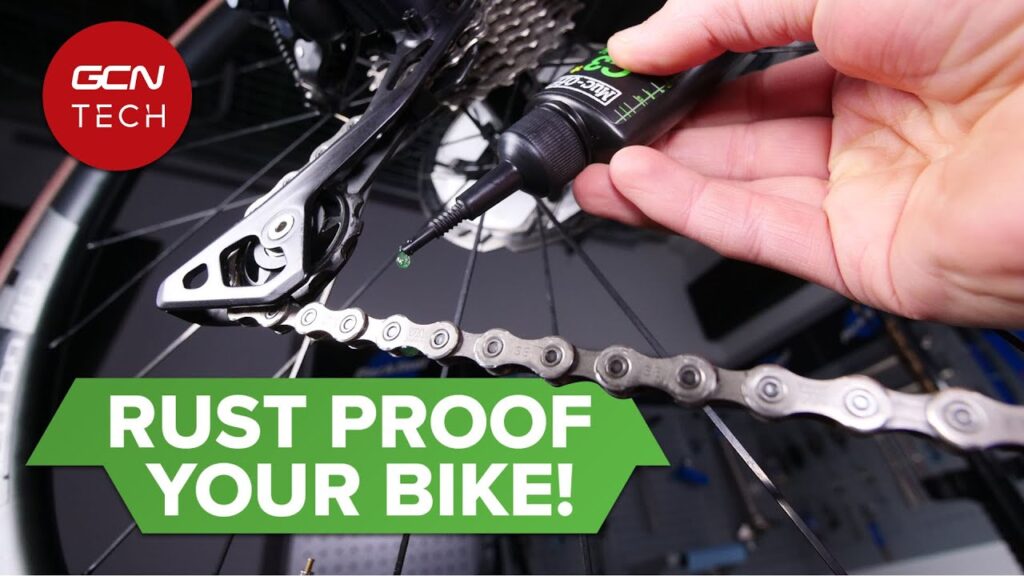
Preventing Salt Damage
Washing after Rides in Saltwater Areas
If you ride your e-bike in saltwater areas, it is crucial to wash it thoroughly after each ride. Saltwater has corrosive properties that can quickly lead to rust and damage. Use fresh water and a mild soap to rinse off any salt residue from the frame and components. Pay close attention to areas where saltwater is likely to accumulate, such as the drivetrain and brakes. Ensure that the bike is entirely dry before storing or using protective coatings.
Rinsing Off Salt Deposits
Even if you don’t ride in saltwater areas, your electric bike can still be exposed to salt deposits, such as road salt used during winter. Regularly rinse your bike with fresh water to remove any salt residue. Pay attention to hard-to-reach areas, such as the bottom bracket and fork crown. Thoroughly dry your e-bike after rinsing to prevent moisture-related issues and potential rust formation.
Replacing Damaged Components
Identifying Rust or Damage
Regular inspections can help you identify any rust or damage on your e-bike’s components. If you notice rust on bolts, nuts, or other metal parts, it is crucial to address the issue promptly. Look for signs of corrosion, such as discoloration or pitting. Any components showing significant rust or damage should be replaced to ensure safe and reliable operation.
Replacing Rusty or Corroded Parts
When replacing rusty or corroded components, it is essential to choose high-quality replacement parts suitable for your electric bike. Ensure that the new parts are compatible with your bike’s specifications and intended use. Seek professional assistance or consult your e-bike manufacturer if you are unsure of the correct replacement parts. Replacing rusty or corroded parts not only improves performance but also helps prevent further damage caused by rust.
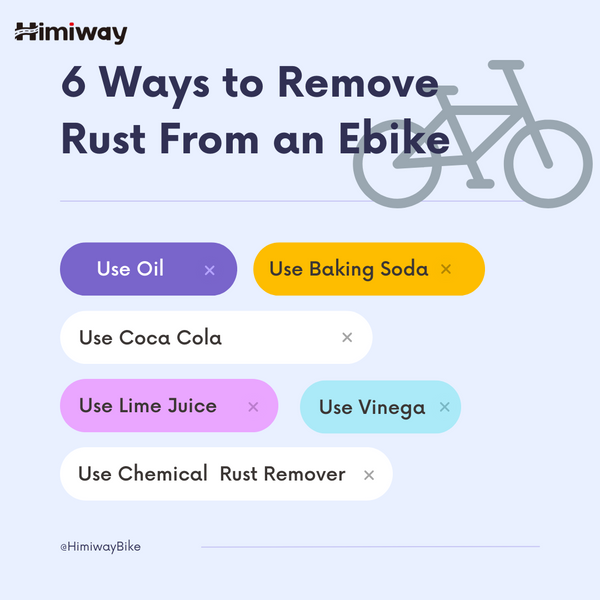
Choosing Rust Resistant Components
Stainless Steel Bolts and Nuts
Opting for stainless steel bolts and nuts can significantly reduce the risk of rust and corrosion in these crucial components. Stainless steel is highly resistant to moisture and oxidation. When replacing bolts or nuts on your e-bike, choose stainless steel options whenever available. Stainless steel fasteners ensure long-term durability and help maintain the overall integrity of your bike.
Aluminum or Carbon Frames
When selecting an electric bike, consider frames made from aluminum or carbon fiber, as these materials are naturally resistant to rust. Aluminum frames are lightweight and offer excellent corrosion resistance. Carbon fiber frames are not susceptible to rust and provide exceptional strength-to-weight ratios. Choosing rust-resistant frame materials ensures long-lasting performance and reduces maintenance efforts.
Sealed Bearings
If possible, choose electric bike components, such as hubs or bottom brackets, that feature sealed bearings. Sealed bearings are enclosed in a protective housing that prevents moisture and debris from entering. This design significantly reduces the risk of rust formation and extends the lifespan of these critical components. Sealed bearings also require less maintenance, making them a practical choice for rust prevention.
Seeking Professional Assistance
Knowing When to Seek Help
While regular maintenance can often be performed at home, some tasks may require professional assistance. If you are uncertain about any aspect of maintaining or repairing your electric bike, or if you encounter complex issues, it is best to seek help from a reliable bike mechanic. They have the expertise and specialized tools to handle intricate repairs and ensure the safety and performance of your e-bike.
Finding a Reliable Bike Mechanic
When seeking professional assistance for your electric bike, it is essential to find a reliable and experienced bike mechanic. Ask for recommendations from fellow e-bike owners or local bike shops. Look for certifications or memberships in professional associations, indicating the mechanic’s commitment to quality and ongoing education. A reputable bike mechanic can provide expert guidance and ensure proper maintenance and repair of your e-bike.
Remember, keeping your electric bike’s frame and components rust-free is an essential part of responsible e-bike ownership. Regular cleaning, applying protective measures, proper storage, and maintenance contribute to improved performance and longevity. By following the tips provided in this guide, you can enjoy your e-bike adventures with peace of mind, knowing that your investment is well-protected. Happy riding!

